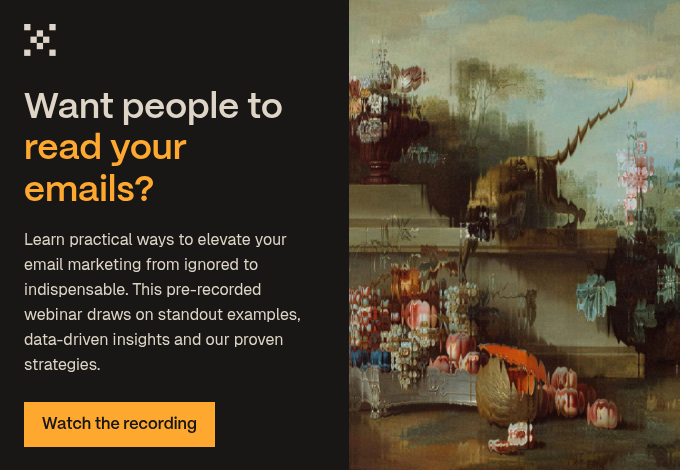The hard sell of traditional outbound marketing methods is fading out. Yet, for many companies, outbound marketing comprises their entire marketing strategy. The problem with this is that these strategies are increasingly out of touch with how people buy today, as Hubspot’s ‘Ultimate List of Marketing Statistics for 2018’ shows:
- 71 percent of B2B researchers begin with a generic search term, making an average of 12 searches before visiting a brand website to consider a purchase.
- Content marketing brings in three times as many leads as paid search advertising.
- The average buyer consumes 3-5 pieces of content before contacting a sales representative. B2B buyers don’t contact businesses until they’re 57 percent of the way through the purchasing process.
- 33 percent of inbound marketers – and a whopping 31 percent of outbound practitioners – rank outbound methods like paid advertising ‘the top waste of time and resources’.
It’s pretty clear that customers are now self-educating – and that B2B buyers in particular are a discerning bunch.They aren’t waiting for companies to tell them what to think and what to buy. Making sure your content is more visible, informative and relevant than your competitors, therefore, is essential for increasing lead generation and turning these leads into customers. Doing so means you’re capitalising on the buyer’s research process and casting yourself as a thought leader – you’ll have the floor to yourself while others are flinging paid advertisements into the void.
Inbound marketing, however, is about more than just getting found.
Be a human, not an invasive robot
Your content needs to be human and speak to prospects like one. It’s not pushy and interruptive; it’s helpful and educational. 96 percent of B2B buyers want content with more input from thought leaders. Compare that to further statistics in the same study, which found that 91 percent of people think that ads have become increasingly intrusive over the last few years – probably explaining the fact that over 615 million devices worldwide are using ad-blocking apps. Outbound methods are falling seriously out of favour with potential leads.
Speaking to prospects like a human means stepping into your ideal customers’ shoes and assessing their pain points and problems. Your content should then focus on addressing these issues and explaining why your products are the perfect solution to these problems in your customers’ terms. This is particularly important for tech companies, an industry notorious for its obscure technical terms and acronyms.
You reap what you sow
Your prospective customers control their own interactions with your online material. But, by creating content specifically designed to appeal to your ideal customers, and positioning yourself as an authority in your particular field, you’ll attract qualified leads and keep them coming back for more.
Outbound methods like cold calls, unsolicited emails and annoying advertisements just aren’t able to offer that kind of value to the customer, or instill trust in an organisation. There is a place for advertising within the inbound methodology, as long as it’s done right.
Pay-per-click (PPC) advertising can be useful at the beginning of a marketing strategy to drive people to a new site, but it has to be backed up with SEO work and valuable, targeted content, otherwise visitors won’t come back, you won’t get qualified leads and your organic presence won’t grow. Inbound advertising is helpful, not intrusive.
If you engage and inform, you’ll build trust and ultimately convert these strangers into brand promoters. So, whilst the content involved in inbound strategies might require more up-front work, it avoids your sales team having to waste time on unqualified leads, which means a higher return on investment.






